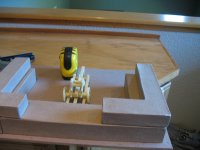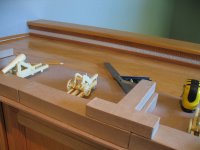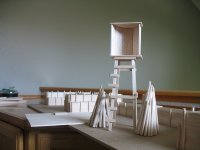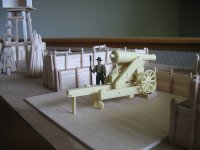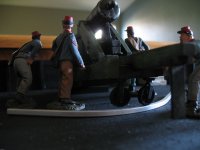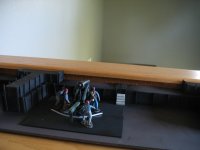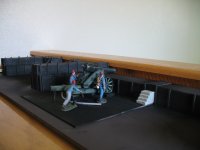Napoleon1er
2nd Lieutenant
- Joined
- Oct 11, 2010
- Messages
- 3,092
Thank you fro the excellent pictures and the answers.... I would also love to see step-by-step photographs of future dioramas.
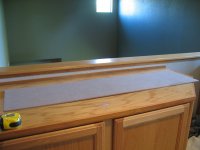
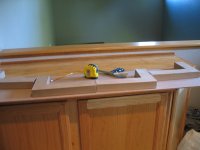
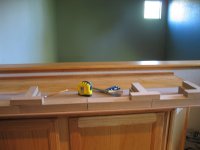
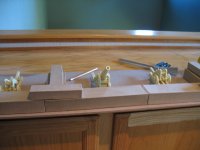
From the Workbench, this weekend I started on Scenario Number 2 which also involves Vicksburg. This time it is from the Confederate point of view and focused on one of the many river batteries that defended the city. All of my diorama's start off basically the same way with a lot of research up front and drafting of a basic story line or concept. I actually did the research on both Scenario 1 and 2 at the same time. I usually maintain a base board size of either 2 feet by 4 feet or 1 foot by 4 feet to maintain a modular approach that can allow utilization of other modular sections that were previously completed for other dioramas. For this scenario we will use a 1 foot by 4 feet section based on the concept. The next step is the feasibility stage where I look for various components we need to complete the concept within the size of the base board. I create a list and then finalize a "buy", "assemble" or "make from scratch" decision. Once all of the decisions have been made, we need to procure the components for the scenario. The procurement of the components usually involves shopping, a lot of shopping in craft stores, building supply stores, model train shops, hobby shops, on line shopping and so on. Then comes the hard part, measuring, a lot of measuring and mockups for framing, blocking and scenario development as well as the constant "hide the bases" with the components we acquired. For example, to create the battery, I am going to use preformed Paper Mache letters "L" and "T" in 2 sizes to form the battery's defenses and balsa wood to create the guns barbettes. I will also utilize 4 Verlinden kits for the Columbia and the 32 pound guns in this battery. The gun crew members will be WB figures from previous Confederate battery sets. I will assemble the kits into subassemblies for base coating and final painting. Once nearly finished with painting , the subassemblies will be put together to finish the guns. This diorama is not as challenging as the last one but there are still some challenges that will need to be over come. I have included pictures of the first early stages. Hope this was helpful. Chris
View attachment 175526View attachment 175527View attachment 175529View attachment 175528
